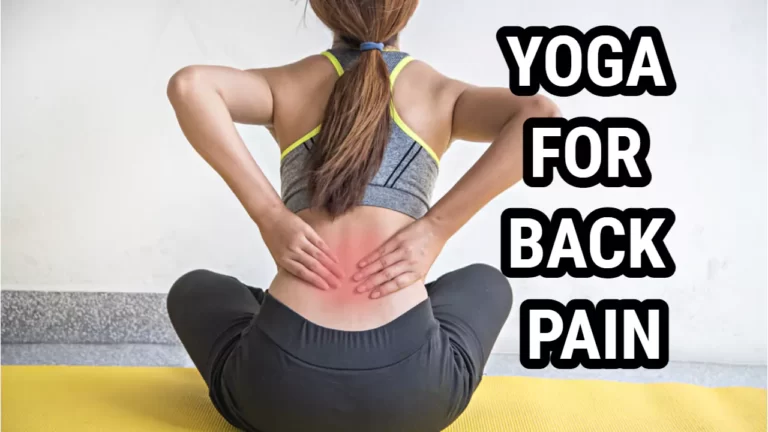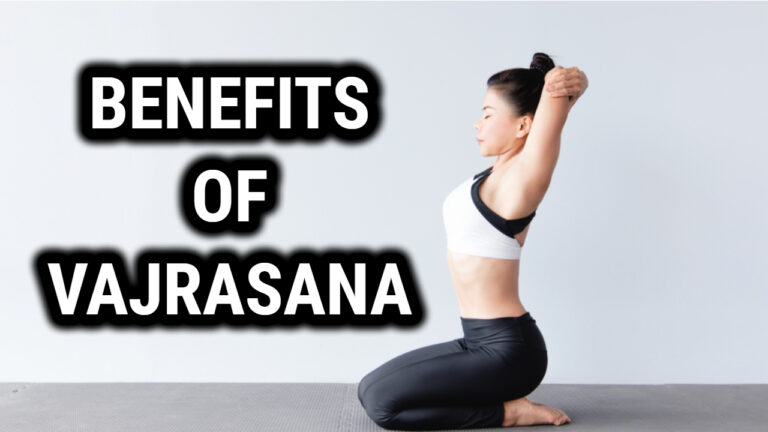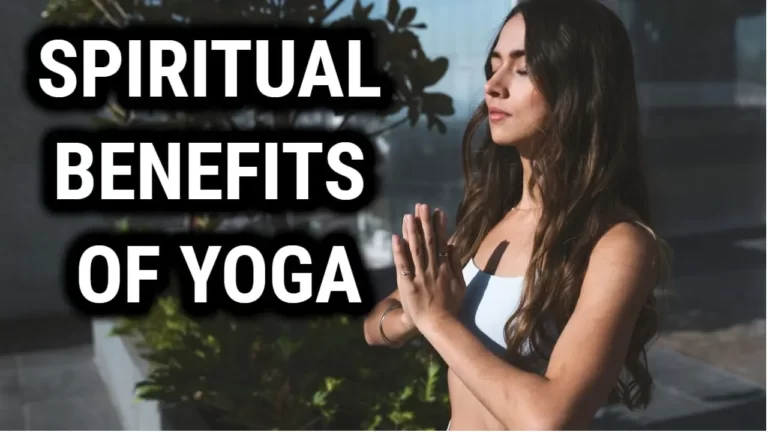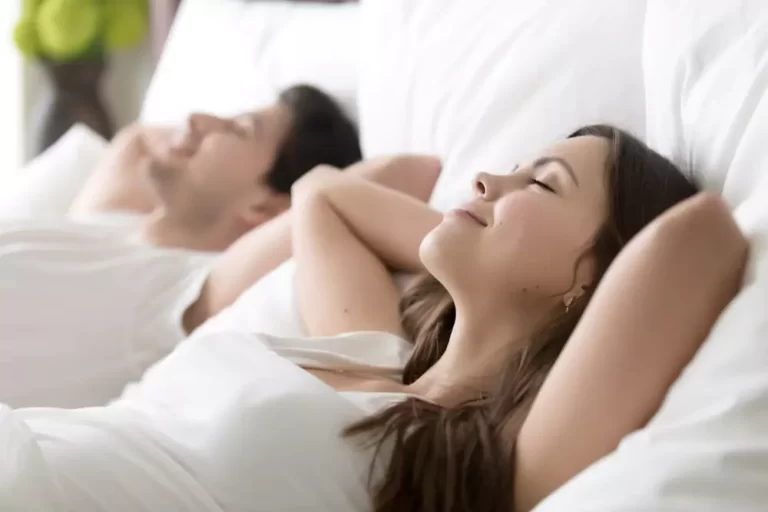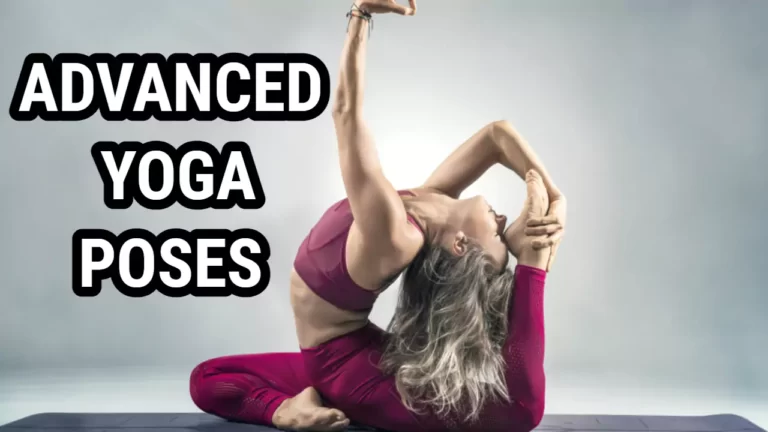7 Yoga Poses to Relieve Stress-Related Insomnia
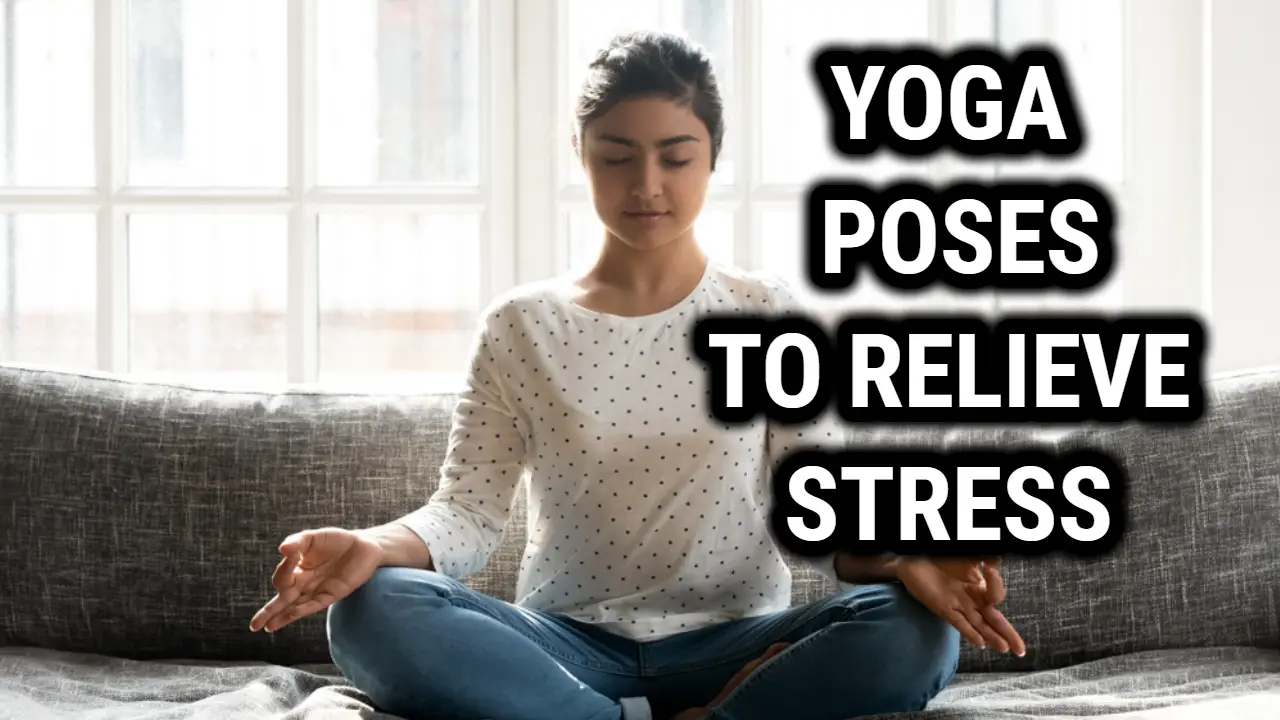
Stress and anxiety can cause a lot of harm to our overall health, including disrupted sleep patterns. Stress-related insomnia is a common problem that many people face in today’s fast-paced world. Fortunately, there are ways to reduce stress and improve sleep quality, and yoga is one of the best ways to do that.
Here, we will discuss seven yoga poses that can help reduce stress and improve sleep quality.
Benefits Of Yoga For Stress And Insomnia
Yoga is a great way to reduce anxiety and improve sleep quality, as it has been proven to lower cortisol levels.
It can help relax the body and mind, allowing us to drift off to sleep. With regular practice, it can help us manage our stress and insomnia better.
It’s also great for calming the nervous system, which can be a huge help when it comes to dealing with stress.
Here are some of the benefits
Reduced Anxiety
When it comes to reducing anxiety, yoga is an excellent choice. Practicing yoga helps to quiet the mind and relax the body, thus reducing feelings of stress and worry.
It also gives you a sense of control over your thoughts and emotions, which can be especially helpful if you’re dealing with insomnia or other sleep issues caused by high levels of stress.
Plus, it can help increase your energy levels, making it easier for you to finally get quality rest. Yoga can be easily adapted to fit any skill level and lifestyle, so there’s no excuse not to give it a try!
Whether you’re looking for a way to reduce anxiety or just need a little extra relaxation in your life, yoga is a great option.
Improved Sleep Quality
Yoga can also be a great tool for improving sleep quality.
Practicing yoga helps to relax the body and clear the mind, which can make it easier to fall asleep and stay asleep throughout the night.
It can also give you a sense of control over your thoughts, allowing you to feel more in control of your feelings and emotions, which can help reduce stress-related insomnia.
Plus, practicing yoga regularly can help you build better sleeping habits that will last long-term.
So if you’re struggling with insomnia or just want a better night’s rest, try incorporating some yoga into your daily routine.
You might be surprised by how much it helps!
Decreased Cortisol Levels
Yoga can also be great for reducing stress levels. One way it does this is by decreasing cortisol levels.
Cortisol is a hormone released when our bodies experience stress, so lower cortisol levels lead to reduced stress.
Practicing yoga regularly helps to regulate both cortisol production and the body’s natural response to stressful situations, leading to decreased overall stress levels in the long term.
Plus, the relaxation techniques and mindful breathing taught in yoga classes help you stay calm in challenging situations, allowing you to manage stressful moments more effectively.
All of these things combined make yoga an incredibly useful tool for managing stress and improving your overall wellbeing.
Yoga Poses to Relieve Stress-Related Insomnia
1. Child’s Pose
Child’s Pose is an excellent pose to start with if you’re feeling stressed and want to relax. This pose gently stretches the hips, thighs, and ankles while calming the mind and reducing stress.
Description and benefits
- Child’s Pose is a kneeling pose where you sit on your heels and stretch your arms forward with your palms facing down.
- It is a restorative pose that helps to calm the nervous system and relieve stress and anxiety.
- This pose gently stretches the spine, hips, thighs, and ankles and can help improve digestion and relieve lower back pain.
How to perform the pose
- Start in a tabletop position on your hands and knees.
- Bring your big toes together and sit back onto your heels.
- Keep your arms stretched out in front of you with your palms facing down.
- Relax your forehead on the mat and close your eyes.
- Take deep breaths and hold the pose for 1-3 minutes.
2. Legs Up the Wall Pose
Legs Up the Wall Pose is a restorative pose that is excellent for relieving stress and promoting relaxation. It helps to reduce swelling in the legs and feet and can improve circulation.
Description and benefits
- Legs Up the Wall Pose is a simple inversion where you lie on your back with your legs up against a wall.
- It helps to relieve stress and anxiety by calming the nervous system and reducing inflammation in the legs and feet.
- This pose can also help to improve digestion and relieve lower back pain.
How to perform the pose
- Find a clear wall space and sit with your right side against the wall.
- Lie back and swing your legs up the wall, keeping your buttocks close to the wall.
- Adjust your position so that your hips are comfortable and your legs are straight up against the wall.
- Keep your arms relaxed by your sides, and close your eyes.
- Hold the pose for 5-10 minutes, breathing deeply.
3. Forward Fold Pose
Forward Fold Pose is a calming pose that helps to release tension in the back and hamstrings. It is a great pose to practice before bed to help calm the mind and reduce stress.
Description and benefits
- Forward Fold Pose is a standing pose where you fold forward from the hips, reaching for your toes or the ground.
- It helps to relieve stress and anxiety by calming the mind and releasing tension in the back and hamstrings.
- This pose can also help to improve digestion and reduce fatigue.
How to perform the pose
- Stand with your feet hip-distance apart and your hands on your hips.
- Inhale and lengthen your spine.
- Exhale and fold forward from your hips, reaching for your toes or the ground.
- Keep your knees slightly bent if needed to protect your lower back.
- Hold the pose for 1-3 minutes, breathing deeply.
4. Bridge Pose
Bridge Pose is a gentle backbend that can help to release tension in the spine and promote relaxation. It is a great pose to practice before bed to help calm the mind and reduce stress.
Description and benefits
- Bridge Pose is a backbend where you lie on your back with your knees bent and your feet flat on the ground.
- It helps to relieve stress and anxiety by promoting relaxation and releasing tension in the spine and hip flexors.
- This pose can also help to improve digestion and relieve lower back pain.
How to perform the pose
- Lie on your back with your knees bent and your feet flat on the ground, hip-distance apart.
- Place your arms by your sides with your palms facing down.
- Inhale and lift your hips up towards the ceiling, keeping your feet and shoulders on the ground.
- Hold the pose for 30 seconds to 1 minute, breathing deeply.
- Exhale and slowly release back down to the ground.
5. Supine Spinal Twist Pose
Supine Spinal Twist Pose is a gentle twist that helps to release tension in the spine and promote relaxation. It is a great pose to practice before bed to help calm the mind and reduce stress.
Description and benefits
- Supine Spinal Twist Pose is a twist where you lie on your back and twist your legs to one side.
- It aids to relieve stress and anxiety by inducing relaxation and releasing tension in the spine and hips.
- This pose can also help to improve digestion and relieve lower back pain.
How to perform the pose
- Lie on your back with your arms stretched out to the sides, palms facing down.
- Bring your knees up towards your chest.
- Exhale and drop your knees to one side, keeping your shoulders and arms on the ground.
- Turn your head in the opposite direction of your knees.
- Hold the pose for 30 seconds to 1 minute, breathing deeply.
- Exhale and slowly release back to the starting position.
- Repeat on the other side.
6. Reclining Bound Angle Pose
Reclining Bound Angle Pose is a restorative pose that helps to release tension in the hips and promote relaxation. It is a great pose to practice before bed to help calm the mind and reduce stress.
Description and benefits
- Reclining Bound Angle Pose is a pose where you lie on your back and bring the soles of your feet together, allowing your knees to fall open.
- By encouraging relaxation and relieving tension in the hips and groyne, it reduces stress and anxiety.
- This pose can also help to improve digestion and relieve menstrual cramps.
How to perform the pose
- Lie on your back with your knees bent and your feet flat on the ground.
- Bring the soles of your feet together and allow your knees to fall open.
- Place your hands on your belly or by your sides.
- Close your eyes and breathe deeply.
- Hold the pose for 1-5 minutes.
7. Corpse Pose
Corpse Pose is a relaxing pose that is great for reducing stress and promoting relaxation. It is a great pose to practice before bed to help calm the mind and reduce stress.
Description and benefits
- Corpse Pose is a pose where you lie on your back with your arms and legs straight.
- By increasing relaxation and releasing tension throughout the entire body, it aids in the reduction of stress and anxiety.
- This pose can also help to improve concentration and reduce fatigue.
How to perform the pose
- Lie on your back with your arms and legs straight.
- Allow your feet to fall open and relax your hands by your sides.
- Close your eyes and breathe deeply.
- Focus on each part of your body and consciously relax each muscle.
- Hold the pose for 5-10 minutes.
Connection Between Stress And Insomnia
Moving on from Seated Forward Fold, let’s look at the connection between stress and insomnia. Stress is a common culprit when it comes to sleep disturbances. It can cause physical and psychological effects that disrupt our natural sleep cycle. When we are in a state of high stress, our bodies are constantly on alert. This can lead to difficulty in falling asleep, staying asleep, or an overall decrease in quality of sleep.
The effects of stress on insomnia can be seen in two ways:
- Physiological:
- Our bodies naturally release hormones such as cortisol and adrenaline when under stress. In turn, this increases our heart rate, blood pressure and energy levels-all things that make it harder to relax and get the restful sleep we need.
- Stress can also affect our breathing patterns which further contributes to difficulty in getting quality shut-eye.
- Psychological:
- Stress not only affects us physically but psychologically as well-it can cause negative thoughts or ruminating worries that make it hard for us to relax and fall asleep easily.
- Stress may also cause us to become anxious about sleeping or feeling fearful about what will happen if we don’t get enough restful sleep.
It is clear then that understanding the relationship between stress and insomnia is an important step towards improving both conditions for better health outcomes.
FAQ
Q: How long does it take to see results from practicing yoga for stress and insomnia?
A: It varies from person to person, but many people report feeling the benefits of yoga after just a few sessions. Regular practice is key to experiencing the full benefits of yoga for stress and insomnia.
Q: How often should I practice yoga for stress and insomnia?
A: It is recommended to practice yoga regularly, ideally daily or at least a few times a week. However, even practicing once a week can be beneficial for reducing stress and improving sleep quality.
Q: Can these poses be practiced by beginners?
A: Yes, these poses are suitable for beginners. However, it is important to listen to your body and only go as far as feels comfortable.
Q: Is it necessary to have a yoga mat to practice these poses?
A: While it is recommended to have a yoga mat for comfort and stability, it is not necessary. You can practice these poses on a soft surface such as carpet or a blanket.
Q: Can these poses be practiced during pregnancy?
A: It is important to consult with your doctor before practicing yoga during pregnancy. Some of these poses may not be suitable or may need to be modified.
Q: What time of day is best to practice these poses?
A: These poses can be practiced at any time of day, but practicing before bed can help to promote relaxation and improve sleep quality.
Q: Are there any modifications for these poses?
A: Yes, modifications can be made to these poses to make them more accessible or to increase their intensity. It is important to listen to your body and only go as far as feels comfortable.
Final Thoughts
Yoga is a great way to reduce stress and improve sleep quality. The seven yoga poses discussed in this article can help to promote relaxation, release tension in the body, and reduce stress and anxiety.
Practicing these poses regularly can help to improve your sleep quality, reduce stress levels, and promote overall health and wellness.
